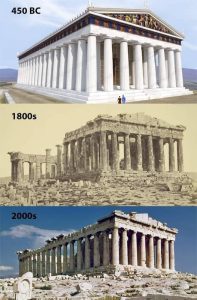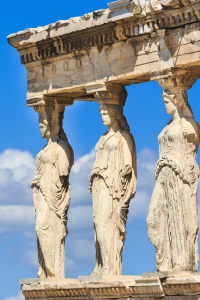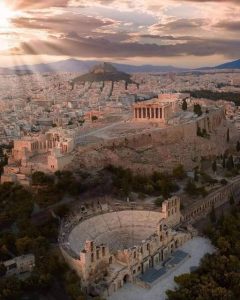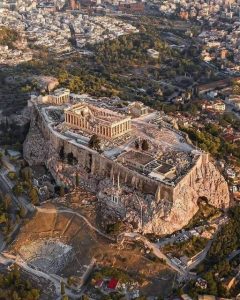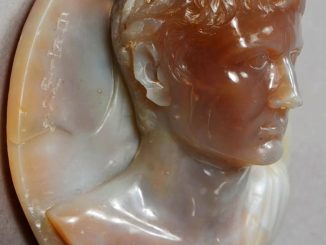Athens, a city that is as much a museum as it is a dynamic metropolis, continues to stand as a testament to the endurance of human civilization. The contrasts between the Athens of 400 BC and the Athens of today, 2024, are beautifully captured in a compelling visual comparison that showcases the iconic Acropolis, a symbol of classical spirit and architectural grandeur.

In the first image, labeled “400 BC,” we see the Acropolis in its pristine glory during the height of ancient Greece. The Parthenon, dedicated to the goddess Athena, gleams with the whiteness of freshly cut Pentelic marble. Surrounding it are statues and structures that exude the artistry and sophistication of Classical Athens, revered as a period of philosophical and artistic triumph.
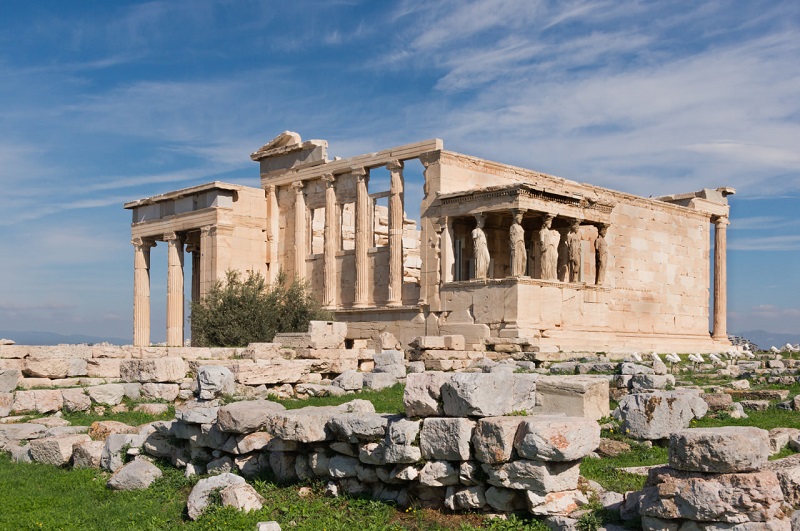
Fast forward to the year 2024, the second image presents a strikingly different scene. The Acropolis, though still majestic, bears the marks of time and history. The columns, partially crumbled, and the walls, worn by centuries of conflict and exposure, stand resiliently against the backdrop of a modern Athens. This juxtaposition against a cityscape bustling with the latest advancements in technology and culture illustrates a remarkable blend of ancient and contemporary life.
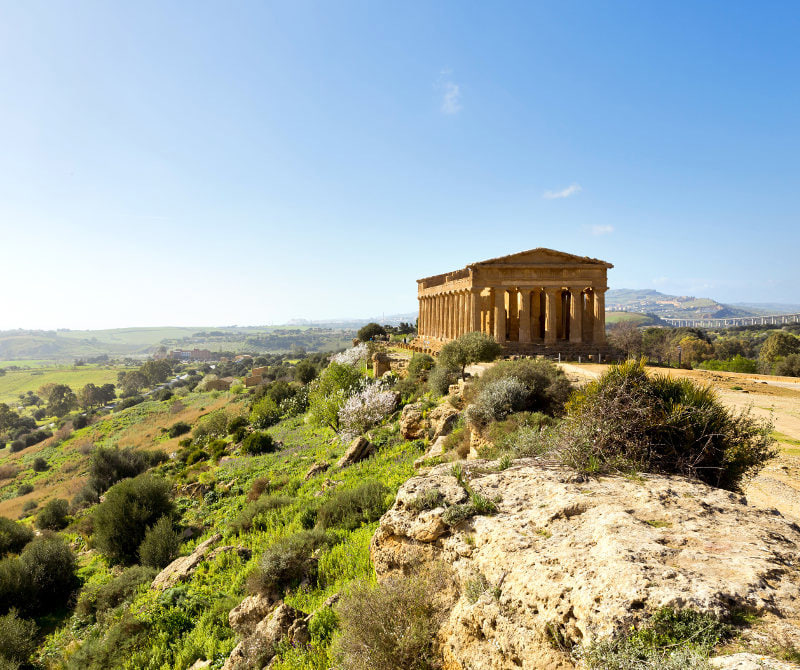
Athens has evolved dramatically over the centuries. From its role as the heart of ancient philosophy, democracy, and art to its current status as a vibrant capital, it offers a unique blend of the past and the present. The city is not only a beacon for historians and archaeologists but also a bustling hub of contemporary culture, attracting tourists and scholars alike.
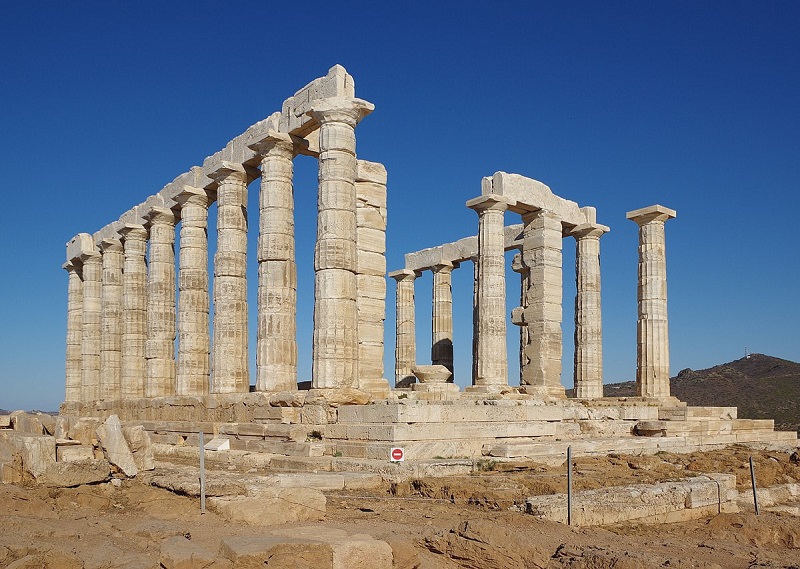
The preservation of the Acropolis, despite the wear and tear of millennia, is a focal point of both pride and continuous effort by the Greek government and international organizations. Conservation projects aim to ensure that this historical monument can withstand the challenges of pollution and tourism while retaining its dignity and structural integrity.
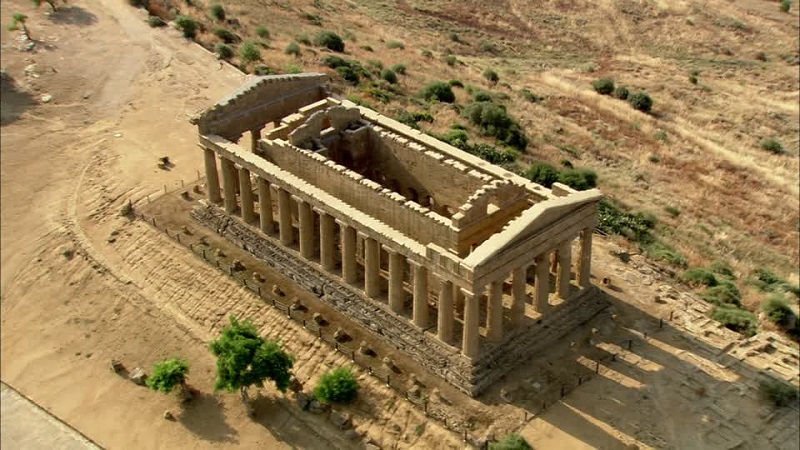
Moreover, Athens today is a blend of old and new. Ancient ruins lie scattered among bustling marketplaces, traditional tavernas, and modern businesses, creating a unique urban tapestry. The city’s museums, such as the Acropolis Museum, offer state-of-the-art, in-depth looks at its archaeological treasures, while contemporary art installations and festivals celebrate the city’s ongoing cultural evolution.
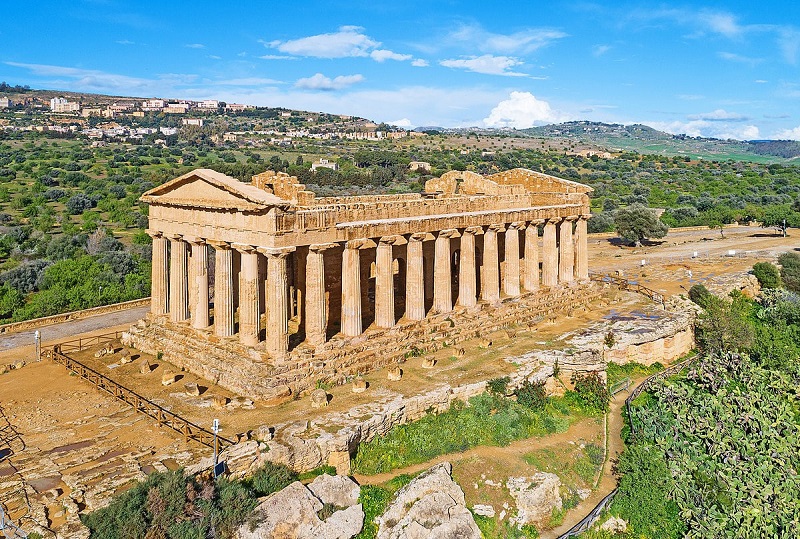
In conclusion, Athens serves as a bridge between an illustrious past and a dynamic present. The enduring legacy of its ancient structures, coupled with the vibrant life of a modern European capital, makes Athens a city that is perpetually alive, relevant, and awe-inspiring. From the philosophical discourses of Plato and Aristotle to the discussions in contemporary forums and cafes, Athens remains a place where history is not only preserved but is continually made.
